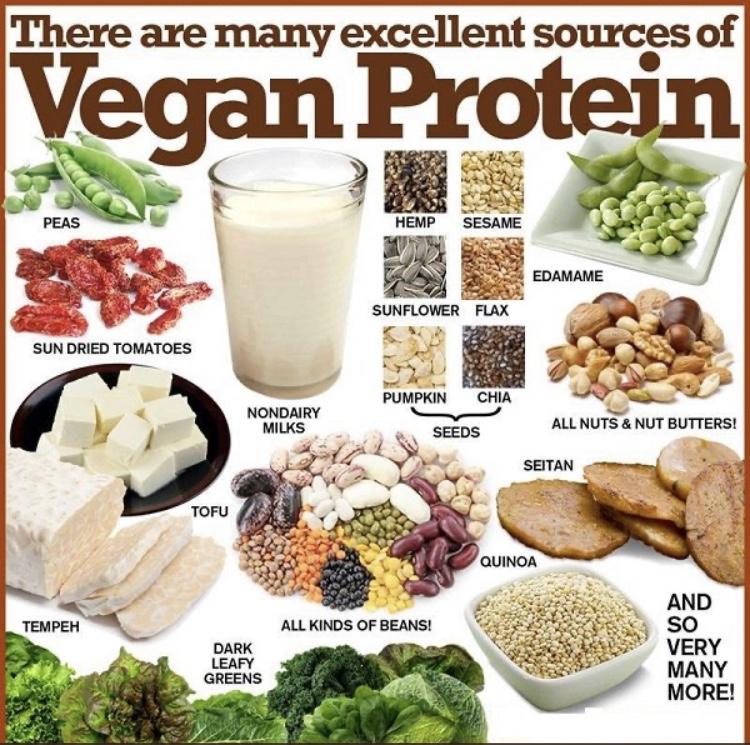
There are 20 amino acids that are used to make proteins in the body. They are classified into two groups: essential amino acids and non-essential amino acids.
The 20 amino acids are the building blocks of proteins. They are linked together in long chains by peptide bonds. The sequence of amino acids in a protein determines its structure and function. Proteins play a vital role in all living organisms. They are involved in everything from cell structure to metabolism to immunity.
It is important to get enough protein in your diet to ensure that your body has the amino acids it needs to function properly. The recommended daily intake of protein for adults is 0.8 grams per kilogram of body weight. You can get protein from a variety of foods, including meat, poultry, fish, eggs, dairy products, beans, lentils, and nuts.
I hope this helps!
Thanks Bard!